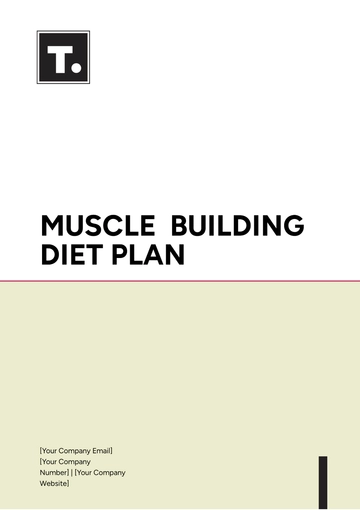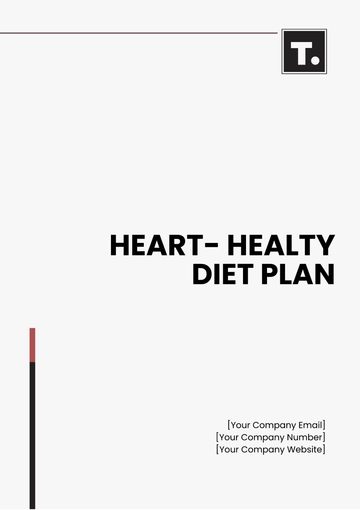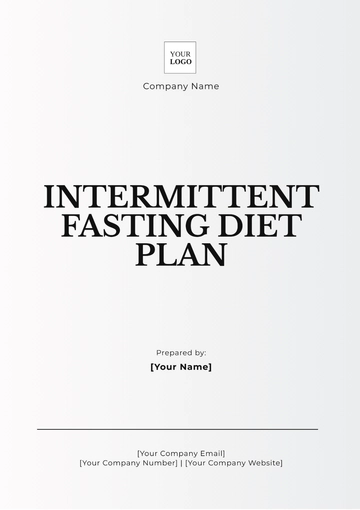Free Pescatarian Diet Plan

I. Introduction
The pescatarian diet emphasizes a balanced intake of plant-based foods while incorporating seafood, excluding all forms of land-based meats. This dietary approach is not only versatile but also rich in flavor, offering numerous health benefits, such as improved heart health, a lower risk of chronic diseases, enhanced weight management, and support for sustainable eating practices.
II. Benefits of a Pescatarian Diet
A. Nutritional Advantages
High in Omega-3 Fatty Acids
Omega-3 fatty acids, primarily found in fatty fish like salmon and sardines, play a crucial role in maintaining heart health, reducing inflammation, and supporting brain function.Rich in Vitamins and Minerals
Seafood is an excellent source of essential nutrients such as vitamin D, calcium, iodine, and selenium, which are vital for bone health, immune function, and metabolic processes.Lower in Saturated Fats
By focusing on seafood and plant-based foods, the pescatarian diet typically contains lower levels of saturated fats compared to diets that include red meat and processed meats, contributing to better overall health.
B. Health Benefits
Improved Cardiovascular Health
Regular consumption of fish and seafood is associated with lower blood pressure and triglyceride levels, reducing the risk of heart disease and stroke.Reduced Risk of Chronic Diseases
A diet rich in antioxidants from fruits and vegetables, coupled with the anti-inflammatory properties of omega-3s, can lower the incidence of diseases such as type 2 diabetes, certain cancers, and neurodegenerative disorders.Better Weight Management
The combination of high protein from seafood and fiber from plant-based foods can enhance satiety, helping with weight control and preventing overeating.
III. Food List
A. Allowed Foods
Fruits and Vegetables:
Include a wide variety, such as leafy greens, berries, citrus fruits, and cruciferous vegetables for maximum nutrient diversity.Whole Grains:
Opt for quinoa, brown rice, barley, and whole grain bread for healthy carbohydrates and fiber.Legumes and Nuts:
Beans, lentils, almonds, and walnuts are excellent sources of protein, fiber, and healthy fats.Fish and Seafood:
Incorporate a variety of options, including salmon, tuna, sardines, shrimp, and shellfish to ensure a diverse nutrient intake.Dairy Products:
Choose low-fat options like yogurt, cheese, and milk for calcium and probiotics.Eggs:
A great source of high-quality protein and various vitamins and minerals.
B. Foods to Avoid
Red Meat:
Includes beef, pork, and lamb, which are high in saturated fats.Poultry:
Exclude chicken and turkey to maintain the pescatarian focus.Processed Meats:
Avoid bacon, sausage, and deli meats that are often high in sodium and unhealthy fats.
IV. Sample Meal Plan
A. Breakfast Options
Day | Breakfast |
|---|---|
Monday | Greek yogurt with mixed berries and chia seeds |
Tuesday | Avocado toast topped with a poached egg |
Wednesday | Spinach, banana, and almond milk smoothie |
B. Lunch Options
Day | Lunch |
|---|---|
Monday | Quinoa salad with chickpeas and seasonal vegetables |
Tuesday | Grilled salmon served with a side of mixed greens |
Wednesday | Tuna salad sandwich on whole grain bread |
C. Dinner Options
Day | Dinner |
|---|---|
Monday | Stir-fried shrimp with colorful vegetables and brown rice |
Tuesday | Grilled cod with quinoa and steamed broccoli |
Wednesday | Hearty lentil soup paired with whole grain bread |
V. Tips for Success
Plan Meals Ahead of Time:
Create weekly meal plans to ensure a balanced diet and minimize last-minute unhealthy choices.Incorporate a Variety of Fish and Seafood:
Explore different types of fish and seafood to keep meals interesting and provide a broad spectrum of nutrients.Opt for Seasonal and Local Produce:
Choose fresh, seasonal fruits and vegetables to maximize flavor and nutrient content while supporting local agriculture.Stay Hydrated by Drinking Plenty of Water:
Adequate hydration is crucial for overall health, aiding digestion and metabolism.Experiment with New Recipes:
Explore various cooking methods and cuisines to keep the diet exciting, such as grilling, baking, or steaming.
VI. Conclusion
Adopting a pescatarian diet can provide a wide range of health benefits and is easier to maintain with proper planning and a diverse selection of food options. This diet not only supports overall well-being but also promotes sustainable eating practices that are beneficial for the environment.
- 100% Customizable, free editor
- Access 1 Million+ Templates, photo’s & graphics
- Download or share as a template
- Click and replace photos, graphics, text, backgrounds
- Resize, crop, AI write & more
- Access advanced editor
Achieve your health goals with the Pescatarian Diet Plan Template, a versatile tool designed for seafood lovers. This customizable template allows you to tailor your meals to fit your lifestyle while promoting a balanced diet. Easily downloadable and printable, it simplifies meal planning. Plus, you can make real-time adjustments as needed, all while being editable in our AI Editor Tool.





























